How to grow tomatoes in a greenhouse, gardeners' secrets
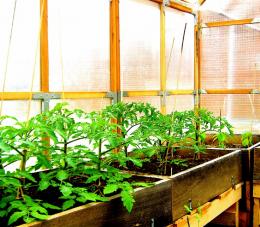
It's a troublesome time for all gardeners - sowing seeds And growing seedlings tomatoes.
Since the tomato is a heat-loving vegetable, it will be quite difficult to get a good harvest without a greenhouse. The greenhouse should be located in a place where it receives sunlight all day, otherwise you will not get a full harvest.
Content:
The following tips on how to grow tomatoes may be useful to novice gardeners and gardeners.
Soil preparation
Undesirable grow tomatoes in the same greenhouse for several years: the plants will get sick. Previously, tomatoes were alternated with cucumbers, but recently these plants began to be affected by the same disease - anthracnose. In this regard, before planting a tomato in the greenhouse, change the soil and spray it with a hot (100 g. C) solution of copper sulfate. To prepare the solution, you will need 1 tablespoon of fertilizer per bucket of water.
A week before planting, the beds are prepared. The beds are made 25-30 cm high and 60-90 cm wide with good drainage and loosening, moderate humidity. Passages 60-70 centimeters wide are left between them.
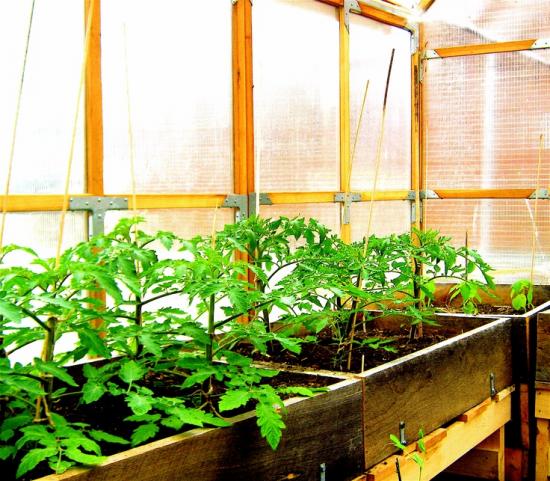
For planting tomatoes, use loamy or clay soil. Peat, sawdust and humus are added to it in equal quantities. For 1 square meter of soil you will need 3 buckets of the mixture.
If peat is used instead of soil, then humus, turf soil, sawdust and sand are added to it in a ratio of 1:1:1:0.5. The prepared soil is fertilized with double granulated superphosphate (3 tbsp), potassium sulfate (1 tbsp), potassium magnesium (1 tbsp), sodium nitrate (1 tsp) and wood ash (1-2 tbsp). .).
Selection and planting of seedlings
For greenhouse cultivation select tomato hybrids, primarily disease-resistant, with limited growth (determinant and semi-determinant), which form into one stem, with a growing season of up to 4 months.
Tomatoes are planted in greenhouses in the first half of May in warmed ground (the ground temperature at a depth of 20 cm should be above 13 degrees C), when the height of the stems reaches 30-35 cm. At this age, the seedlings will survive transplantation and sudden temperature changes well.
Tall varieties are planted in a checkerboard pattern or in rows at a distance of 50-60 centimeters, dwarf and medium-growing varieties - 40 centimeters.
Ungrown seedlings are planted vertically. If the plants are elongated, they are laid obliquely, tearing off the bottom sheets and covering them with earth.
Tomatoes are planted in holes watered with an unsaturated solution of manganese (1 gram per 10 liters of water) with the addition of complex organomineral fertilizer. After planting, the seedlings should not be watered for two weeks, so the tomatoes will take root better.
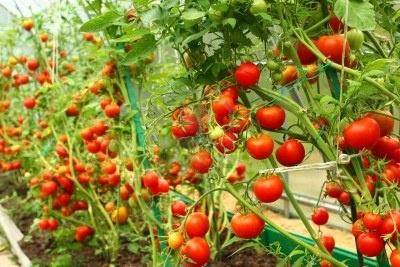
Next, water the tomatoes at the root, avoiding moisture on the leaves and branches in order to avoid infection.
Plant care
Half a month after planting, the bushes must be tied to a trellis. The temperature in the greenhouse is maintained at 18-30 degrees. WITH.
Although tomatoes are self-pollinating plants, for better pollination they can be helped: in sunny weather, shake the brushes. Immediately after this, the soil is watered or the flowers are sprayed, and after 2 hours the greenhouse is ventilated.
For proper plant formation it is necessary remove stepsonsuntil they reach a length of 5cm. If larger stepsons are removed, the tomatoes will experience stress. When fruits appear, all leaves below the inflorescence are removed from the stems. It is better to remove leaves and shoots in clear, warm weather, so the wounds heal faster.
Watering
Water the bushes after 5-6 days. But do not overdo it, as high humidity will reduce the fleshiness and sugar content of the fruits, they will become sour and watery, and begin to crack.
Top dressing
The key to a good harvest is timely fertilizing. Fertilizers begin to be applied with the appearance of the first ovaries. Usually potassium monophosphate is used (1 tbsp per bucket of water). The next feeding is done after 10 days.
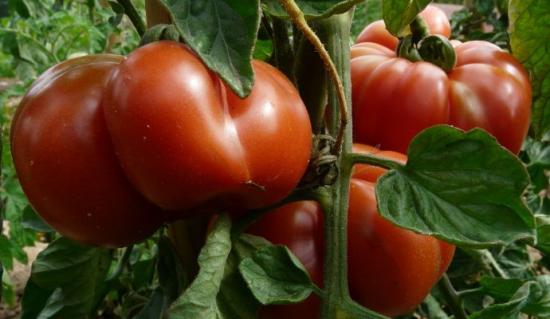
Gives good results foliar feeding. They help to get an early harvest, nourish plants and prevent diseases. Such feeding should be done weekly. For this purpose, use urea, potassium monophosphate, Aquarin, potassium and calcium nitrate (one teaspoon per bucket of water), alternating them. It is better to apply these fertilizers in the evening.
Diseases
Tomato seedlings can become infected with blackleg. To prevent disease, the soil must be changed before planting tomatoes.
Very often tomatoes are affected late blight. To avoid disease, plants are given preventive treatment three times a season with the following solutions:
- “Barrier” (1 cap per 300 grams of water) – first treatment;
- “Barrier” (5 tablespoons per bucket of water) – second treatment;
- garlic solution - third treatment.
The tomatoes are sprayed for the first time 3 weeks after the seedlings are planted in the greenhouse, the second time after 20 days, and the third time when the third cluster on the bushes blooms.
Harvesting
Tomato fruits are harvested slightly unripe.
By following these simple recommendations on how to grow tomatoes in a greenhouse, you can get an early, rich harvest of tomatoes.

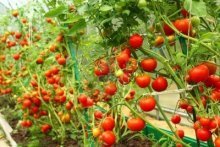

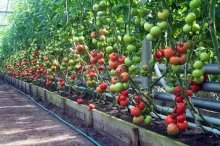
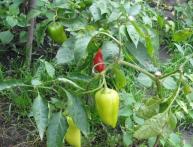


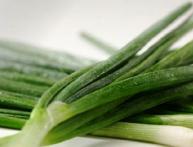
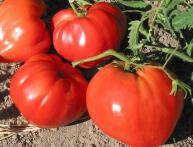

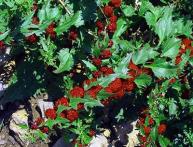

Comments
It is a whole art and very hard work to grow tomatoes in a greenhouse, and not, as many people think, plant, water, pick. Last year, a third of our crop died from late blight, and everything we watered and sprayed did not help. Now the seedlings are on the way, the soil in the greenhouse has been fertilized and disinfected, let's hope for a good result.
I built a greenhouse at my parents’ dacha at one time and at my grandmother’s; in our conditions, this really allows us to harvest an early harvest of tomatoes. Now it's time to assemble your greenhouse. As for fertilizers, I’m just afraid to apply them in advance. Maybe you shouldn’t contribute them in the first year?
No need to be afraid! The main thing is not to exceed the recommended doses of fertilizers. And so, without fertilizers you won’t get normal tomatoes. Even if you have organic-rich soil. Without potassium and phosphorus fertilizers, you will get, at best, sour, watery tomatoes, and at worst, just fatty, abundant tops. If you are fundamentally against factory-made mineral fertilizers, at least use wood ash. True, it will only compensate for the lack of potassium and microelements. There is no nitrogen or phosphorus in it.
One year my mother decided not to use chemicals so that the harvest would be natural, as a result, she fell ill with late blight and almost the entire harvest was spoiled, apparently, this is the only way to fight this nasty thing.
Have you tried heating seedlings at home and then continuing in a greenhouse? This is not the first year I have been doing this, my sprouts do not freeze and the greenhouses adapt to the cold soil instantly. I use a quartz heater, it’s called Tepleko, and this is how the summer resident writes - then you don’t have to remove the harvest until October, as it warms up!
I have been growing my own for several years now. Satya is very interesting. But the most important thing is to choose a greenhouse for winter or autumn - spring. I even have chickens living in my greenhouse in the winter! Natural product. So, the ideal for growing is an aluminum greenhouse. If anyone is interested, write, I’ll tell you, I’ll share my experience. Here you can read additionally